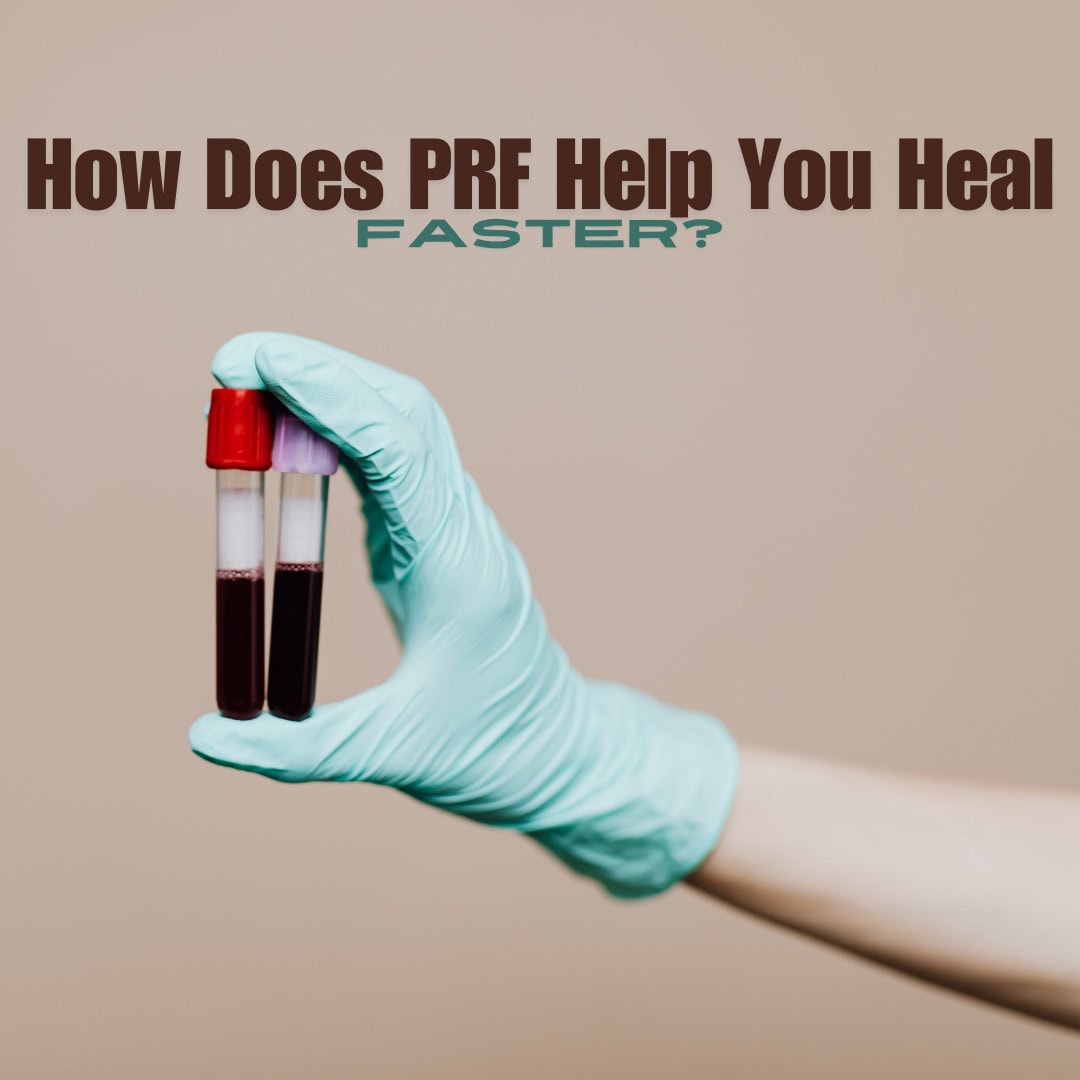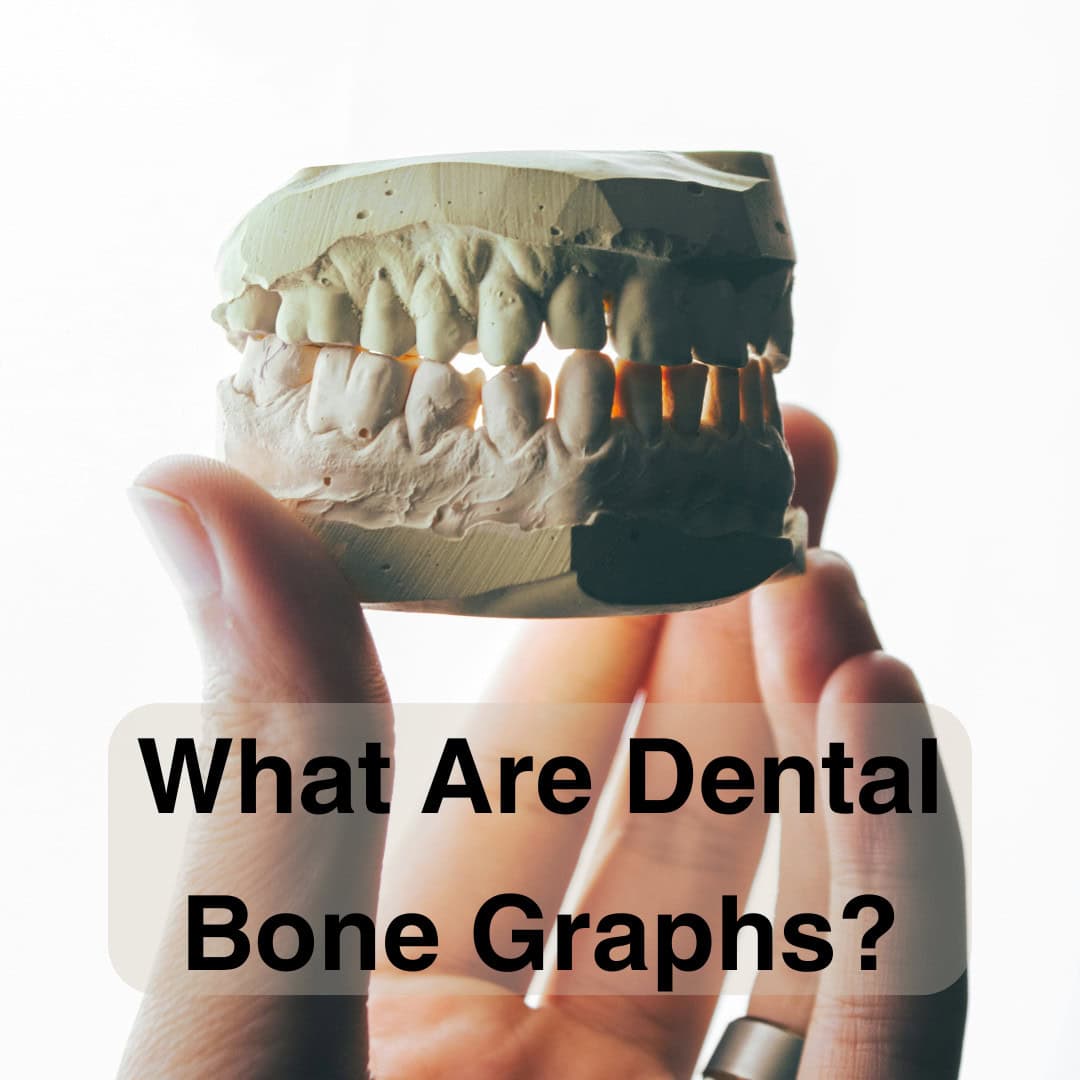What is PRF? How Does it Help with Oral Surgery?
There are many small steps that surgeons take to ensure surgery goes well. They not only strive to make their patients comfortable, but they also take measures during the surgery on a cellular level to safeguard against the body’s natural immune system.
One of the most important things an OMS can do is help enhance healing and tissue regeneration by using Platelet-Rich Fibrin (PRF) in dental surgery.
Platelet-Rich Fibrin (PRF) is a biological material derived from the patient’s own blood. It contains a high concentration of platelets, growth factors, and cytokines, which are crucial for wound healing and tissue repair. These substances significantly improve soft tissue and bone tissue regeneration.
What’s the process?
Blood is drawn from the patient and put in a centrifuge machine to separate the blood components. This machine spins the vial of blood at a specific speed, time, and rotation angle to create layers. These layers include white blood cells, platelets, and red blood cells. The PRF is a fiber consisting of all the top layers, excluding the red blood cells.
What different procedures can this be used for?
- Bone grafting: PRF can be mixed with bone graft materials to enhance bone regeneration
- Socket preservation: PRF can be placed into the surgical site after an extraction as a clot to promote faster healing and preserve the bone and soft tissue formation
- Periodontal Regeneration: PRF can be used in periodontal surgeries to enhance regeneration of the gum tissue
- Sinus Lift: In sinus augmentation procedures, PRF can be used to support new bone formation
- Soft Tissue Healing: PRF can be applied to surgical sites to promote soft tissue healing and postoperative discomfort
- TMJ surgery: In certain TMJ surgeries PRF can be injected in to the joint to stimulate healing in the joint space
How does the treatment work?
The use of PRF works in tandem with the body’s natural capability of self-healing. The substances inside the PRF work in various ways to promote healing and prevent excess bleeding by forming a fibrin clot. They protect the area from infection and speed up self healing.
PRF treatment adds blood rich in platelets and growth factors back into the body. It also introduces plasma and fibrin into an extraction socket that is left open.
The benefits of PRF include enhanced healing through the growth factors and reduced inflammation from the anti-inflammatory properties. This minimally invasive treatment has no risk factor and the biocompatibility reduces risk of rejection or allergic reaction. It promotes accelerated healing and shields open wounds from the oral environment.
PRF is most likely going to be used on patients with systemic conditions that are higher risk for delayed wound healing or infection. This includes patients predisposed to higher risk of rejection, pain, inflammation, holes in the sinus cavity, or those with major health issues.
Contact us to schedule a consultation with Mid-State Oral Surgery and Implant Center.







